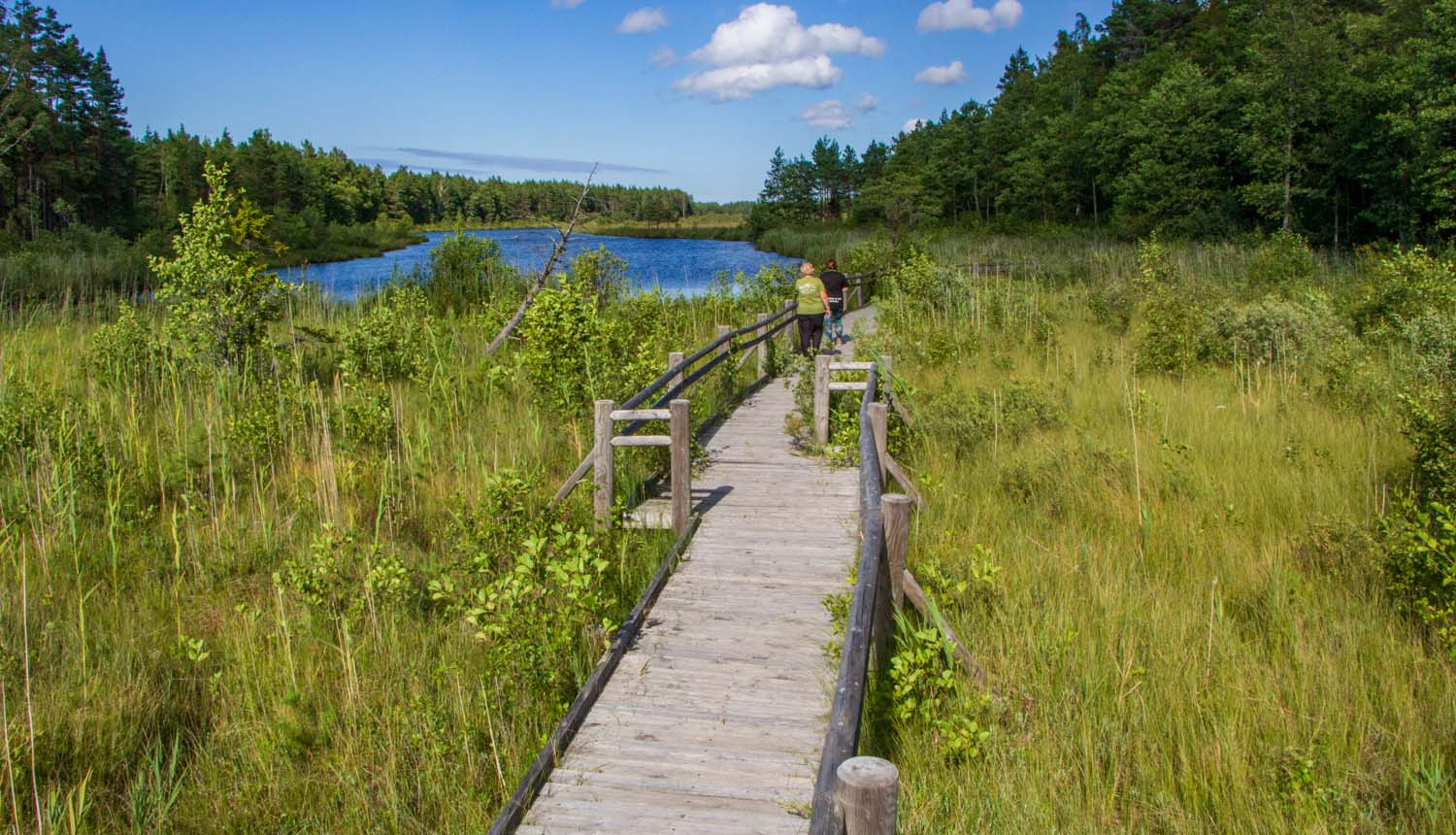At Slitere National Park, the Slitere nature trail tree dock at 122 meters is in poor condition. Before it is restored, it is made safe and easy to use for visitors, the Nature Conservation Agency (Agency ) shall temporarily close this path next to the Shelter lighthouse.
The Agency calls for the visit to designate other nature trails of Slitere National Park. For example, the Slitere Insect Trail at the lighthouse with games and informational elements for better familiarity with the world of insects. But the Cape Kolka pine trail gives holidaymakers a pleasant walk through a gorgeous pine forest, the gray and white dunes and, of course, the beach. The path is characterised by hundred-year-old, rugged subbranch pines that have been dried in the sand s. Two viewing platforms and a 15-meter-high viewing tower are available along the way to watch the sea landscape and birds. On the other hand, the nearby Pēterezers trail is one of the most beautiful paths of the nature of North Kurzeme, where you know the unique dunes (kagari) and depressions (vigas) landscape, where the kagari are covered by dry pine forests, and in the vigas are dominated by grass and transition swamps.
The mobile app “Natural Tourism”, created and maintained by the Agency, will also be useful for every pedestrian in nature, which provides an opportunity to plan a day for a beautiful walk or ride in the short term in any location of Latvia, as it summarises more than 600 different nature tourism destinations – nature trails, viewing sites, towers, etc.
The Slitere nature trail is 1.2 kilometres long. It is located in the oldest part of Slitere National Park, which has been protected since 1923. a. The natural processes have been undisturbed here for centuries, so old, natural, broad-leaf (leafy) and spruce forests with great dimensions for trees and fallen trees have been seen in the trail. The trail also crosses a calcareous swamp. A natural forest and swamp is a residence for many rare, declining species of plants and animals, including species of insects and moss that have not been found elsewhere in Latvia until now. Traditional yew growing on the edge of the trail, protected coniferous tree recorded in the Latvian Red Book.
Until the path is available to visitors again, the administration will inform the media and the public.



